Current project
| Table of Contents | |
|---|---|
| 1. | Toxapex |
| 2. | Decidueye |
| 3. | Bruxish |
| 4. | Turtonator |
| 5. | Araquanid |
| 6. | Tsareena |
| 7. | Persian(Alola) |
| 8. | Cutiefly |
| 9. | Salandit |
| 10. | Oricorio |
| 11. | Mudsdale |
| 12. | Crabrawler |
| 13. | Lurantis |
| 14. | Vikavolt |
| 15. | Jangmo-o |
| 16. | Crabominable |
| 17. | Exeggutor(Alola) |
| 18. | Honourable mentions |
Charmander
Toxapex, the Brutal Star Pokémon, is based on 'Crown of Thorn Starfish,' the world's second-largest starfish species. Drawing inspiration from the COTS starfish, the Toxapex exhibits an array of intriguing features and behaviors that mirror those of its real world counterpart.
Much like its natural counterpart, the toxapex possesses a peculiar diet, specializing in the consumption of corals. However, it distinguishes itself by exhibiting a preference for the horns of the corsola, while the starfish engulfs entire coral reefs, becoming a menacing force that can decimate entire ecosystems when its population spirals out of control.
Interactions with this starfish can be quite painful. When an unsuspecting person is pierced by the spines of a toxapex, a harmful toxin called saponins infiltrates the wound, causing an immediate and intense pain. This venom ruthlessly destroys red blood cells, prolonging the agonizing experience for several excruciating hours. In addition, the aftermath of the encounter brings about persistent waves of nausea and swelling, lasting for a week or even longer, even after the initial pain has subsided.
COTS have a very unique way of feeding. It climbs on the coral structure and uses its arms to create a strong barrier for protection. Once it's safe inside this fortress, something amazing happens. The starfish turns its stomach inside out and pushes it out through its own mouth. Surprisingly, the stomach contains powerful acids that quickly dissolve the hidden coral underneath its protective shield. This unique feeding method lets the starfish absorb the important nutrients from the coral, which helps it grow and survive.
Centiscorch
Decidueye is very likely inspired by stilt-owls, a species of owl that was once indigenous to Hawaii but is now extinct. The only evidence of their existence comes from fossils, as they are no longer alive. Stilt-owls had remarkably long legs for an owl, which is why Decidueye exhibits a more humanoid look compared to Rowlet or Dartrix. While they were capable of flying, they were primarily believed to be terrestrial creatures. The fact that stilt-owls are extinct and were predominantly terrestrial clarifies Decidueye's Ghost typing and its lack of Flying typing in a satisfactory manner.
The The exact cause behind the extinction event is still uncertain, enveloped in ambiguity. Nevertheless, scholarly discussions propose that the appearance of human settlers on the Hawaiian Islands in the later part of the 1st millennium AD, accompanied by the introduction of pigs and Polynesian rats, played a role as contributing factors.
Additionally, the natural habitat of the stilt owls suffered irreversible degradation due to human activities like agriculture and construction. Sadly, these combined pressures would have inevitably pushed the stilt owls towards their demise, ultimately resulting in their extinction around 5,000 years ago.
Turtnator
The Bruxish is based on the real-life fish called HumuhumuNukunukuApua'a. The HumuhumuNukunukuApua'a, also known as the rectangular triggerfish or the Hawaiian triggerfish, is a species of fish that is found in the waters of the Pacific Ocean, particularly around the Hawaiian Islands.
Bruxish bears a remarkably similar appearance to the HumuhumuNukunukuApua'a, with its body shape, coloration, and unique facial features being inspired by the fish. Bruxish has a rectangular-shaped body that is primarily pink and blue in color, similar to certain color variants of HumuhumuNukunukuApua'a. It also has large lips and teeth that protrude from its mouth, which resemble the sharp teeth and powerful jaw of the triggerfish.
Another common trait among the fishes is that they can use water gun.Similar to the bruxish, the Hawaiian triggerfish can blow jets of water from its mouth. The triggerfish does so to help it find benthic invertebrates under the substrate.
In Hawaiian culture, they are considered a symbol of good luck and protection, playing a significant role in numerous myths and legends.
Cyndaquil
Dewpider and its evolution, Araquanid, are fascinating water bubble Pokémon that draw inspiration from the water spider, also known as the diving bell spider. These Pokémon are unique in that they are the only known species of spiders that spend the majority of their lives submerged underwater. Despite lacking gills to breathe underwater, they have developed a remarkable adaptation to survive in this environment.
To overcome the challenge of obtaining oxygen, Dewpider and Araquanid employ a special technique. They venture to the water's surface, where they skillfully capture a bubble of air, creating a sort of natural diving bell. This air bubble serves as a renewable oxygen cylinder for them. It acts as a life-sustaining reservoir, allowing them to respire while underwater.
The diving bell spider's ability to utilize a self-renewing oxygen source showcases the marvels of natural engineering and adaptation. It demonstrates how a creature can find ingenious solutions to thrive in challenging environments. By studying these remarkable spiders, researchers can gain insights into the possibilities of alternative respiratory mechanisms and their potential applications in various fields.
Larvestra
Tsareena's entire evolutionary line takes inspiration from the mangosteen fruit, with bounsweet being particularly representative of this influence. The mangosteen, scientifically known as Garcinia mangostana or purple mangosteen, is a delicious fruit that grows in tropical regions surrounding the Indian Ocean. It boasts a sweet and tangy flavor, along with a juicy and somewhat fibrous texture. Similar to citrus fruits, it contains vesicles filled with fluid, while its outer layer (exocarp) turns inedible with a deep reddish-purple color when fully ripe.
In the past, the purple mangosteen faced a ban in the United States due to concerns about introducing the Asian fruit fly into the country. However, this ban was lifted in 2007, allowing the fruit to be imported again.
Despite thorough research, no articles could be found to support the claim mentioned in bounsweet's Pokedex entry regarding the fondness of toucans for mangosteen.
Volcarona
Alolan Persian seems to draw its inspiration from domestic cats that have undergone extensive selective breeding, particularly those cherished by royalty. Notably, its physical features bear a striking resemblance to the British Shorthair, a renowned imported breed famous for its substantial and round-shaped head, accompanied by a distinct 'smile.' This characteristic smile, which the breed acquired through deliberate breeding choices, exemplifies the intricate journey undertaken to establish its distinguished lineage and pedigree.
Alolan Persian's design pays homage to this remarkable lineage, embodying the refined elegance and aristocratic aura associated with the British Shorthair. Its luxurious coat, adorned with a lustrous sheen, evokes a sense of opulence akin to the regal cats that once graced the palaces and castles of nobility. The careful selection and breeding that shaped Alolan Persian's distinctive features could be a testament to the intricate artistry and dedication of breeders who sought to capture the essence of royalty in feline form.
Fennekin
Cutiefly, a bug/fairy Pokémon introduced in Generation 7, is often mistaken for being based on hummingbirds and mosquitoes. However, it is actually based on a charming Japanese insect known as the Japanese bee fly, locally referred to as Birodo tsuriabu. They are not bees, as can be seen by the fact that they only have one pair of wings, whereas bees have two. They actually belongs to a group of insects called Bee flies. They can be found hovering around flowers in parks, gardens, and woodlands between the months of March and May.
Similar to cuckoos, Bee flies lay their eggs in the nests of other insects, particularly carpenter bees. Remarkably, these bee-like creatures manage to avoid being perceived as intruders by the unsuspecting bees. Sadly, the population of these adorable real-life Cutiefly counterparts is currently declining, which poses a worrisome situation for their future survival.
Japanese fire-bellied newt
Salandit, aka the toxic lizard Pokémon, draws its inspiration from the intriguing world of reptiles. Its design is primarily based on salamanders, particularly the species known for their toxicity. Salandit's striking appearance mirrors that of the Japanese fire belly newt, as both share vibrant coloration that catches the eye.This choice of color serves as a visual warning to potential predators, indicating the presence of potent toxins within Salandit's body. Legends surrounding salamanders, often associated with fire and poisons, further contribute to the mystique surrounding Salandit's design.
In addition to its salamander influences, Salandit also exhibits characteristics reminiscent of lizards. Its sleek and slender body, coupled with its agile movements, allude to its reptilian nature. This Pokémon's ability to traverse various terrains with ease is reminiscent of lizards' natural agility. Moreover, the term "bandit" serves as an apt descriptor for Salandit, suggesting its cunning and stealthy nature. Its design incorporates subtle details, such as the markings around its eyes resembling a mask, enhancing the illusion of a mischievous and elusive creature. These combined attributes make Salandit a visually captivating Pokémon, evoking both danger and intrigue.
Hawaiian Honeycreeper
Oricorios, the Pokémon renowned for its dancing abilities, draws inspiration from Hawaiian honeycreepers, commonly known as passerines. These honeycreepers, a group of songbirds that arrived in Hawaii millions of years ago, underwent evolutionary changes leading to the emergence of various species exhibiting differences not only in their plumage colors but also in their dietary preferences.
Unlike Oricorios, honeycreepers are not primarily known for their proficiency in dance forms. Instead, researchers have noted that a significant majority of these birds possess remarkable singing capabilities.
Furthermore, scientists have made intriguing observations regarding the plumage of nearly all species of Hawaiian honeycreepers. They have described the plumage as possessing a distinctive scent, often likened to the aroma of aged canvas tents, suggesting that either the honeycreepers emit a strong odor or that the researchers had the opportunity to examine and sniff every individual species in detail.
Mt.Slug
As the appearance suggests and the name confirms, Mudsdale draws its inspiration from the Clydesdale, a draught horse breed renowned for its imposing stature, formidable strength, and serene temperament, traditionally utilized for arduous agricultural tasks.
Clydesdales boast a robust build and substantial weight, with certain individuals tipping the scales at a staggering 998 kg. It comes as no surprise, then, that the Pokémon species fashioned after them is equally weighty. To put it into perspective, a solitary Mudsdale outweighs two Steelixes, two Wailords, Dialga, Palkia, and Giratina combined.
Additionally, Clydesdales are known for their distinctive feathering on the lower legs, typically white in color, whereas Mudsdale displays orange markings in this area. These markings likely serve as a reference to the red dirt found on Kauai, known for its vibrant crimson hue and propensity to stain garments.
Scaly footed gastropod
Crablawler, similar to the Graploct, is inspired by an aquatic organism. However, it doesn't possess the water typing. Unlike the Graploct, there's a genuine explanation for this distinction. The Crabrawler is actually based on a land-dwelling crab species known as the Coconut crab. These crabs are so adapted to life on land that if submerged in water for more than an hour, they would drown.
Similar to Crablawler, Coconut crabs do not rely on punching to defend themselves. Instead, they utilize their powerful claws to pinch. The force exerted by their claws is nearly as strong as the bite force of fully grown lions, which is approximately 90 times their own body weight.
Coconut crabs have developed quite a reputation for being kleptomaniacs. Whenever they come across something shiny or potential food, these crabs seize the opportunity without hesitation. People have reported incidents of stolen items such as cutlery, pots and pans, whiskey bottles, shoes, camp stoves, machetes, wristwatches, and more. It seems that nothing is safe from the thieving antics of these crabs.
Honourable mentions
Giant Anteater
Camperupt
Styracosaurus
Telescope eyed goldfish
Don't forget to comment down your favorite Alolan pokémon.
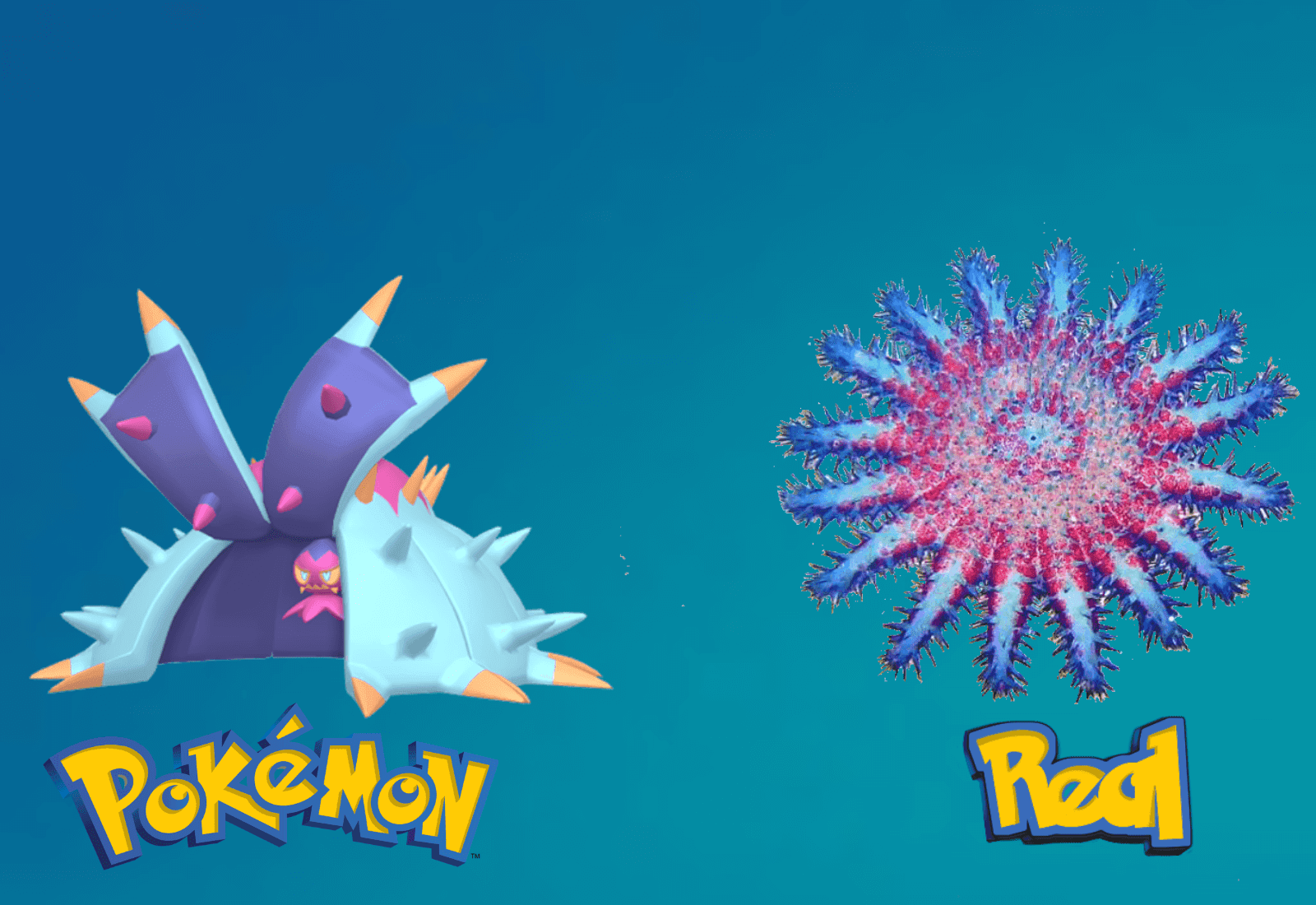


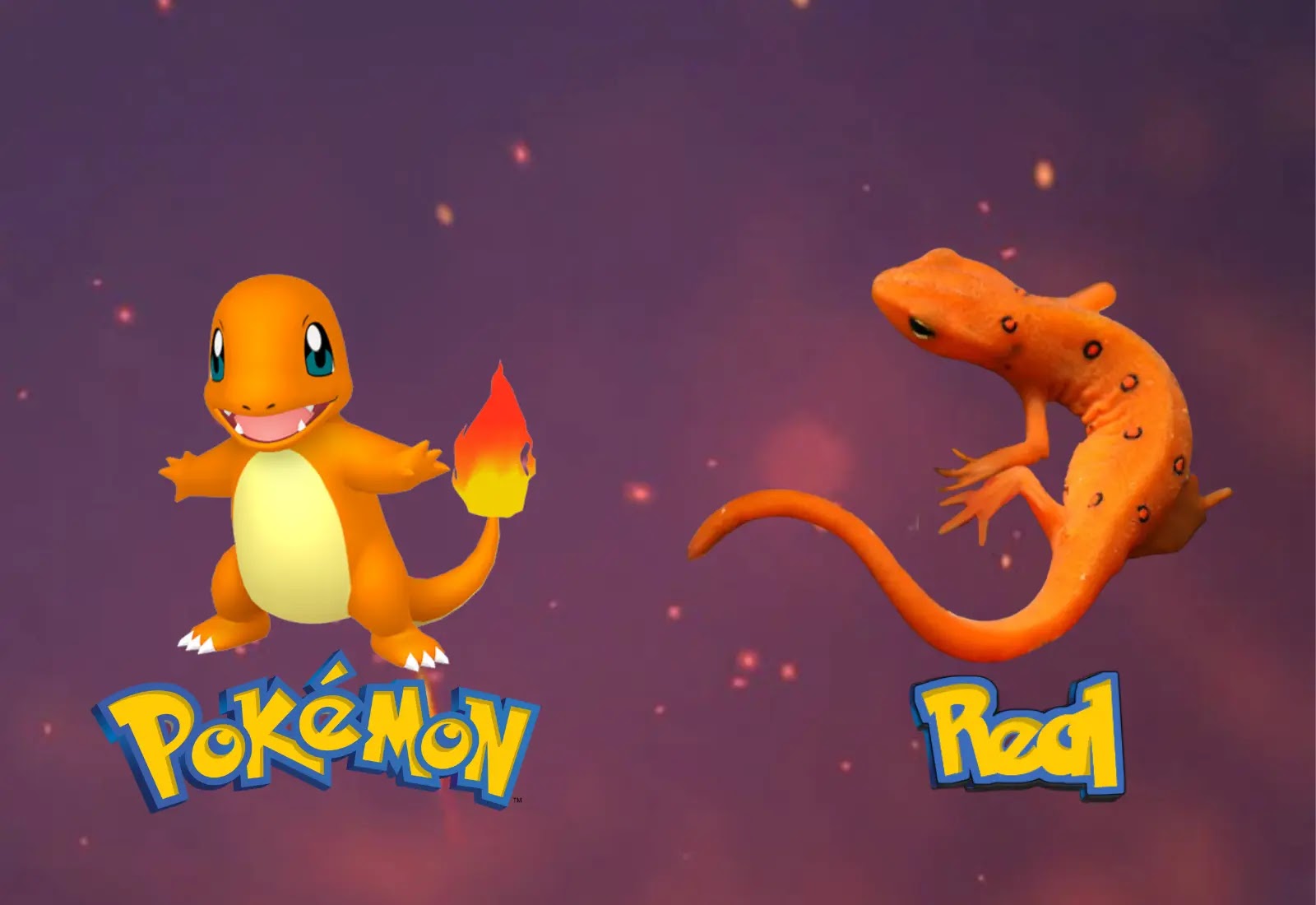






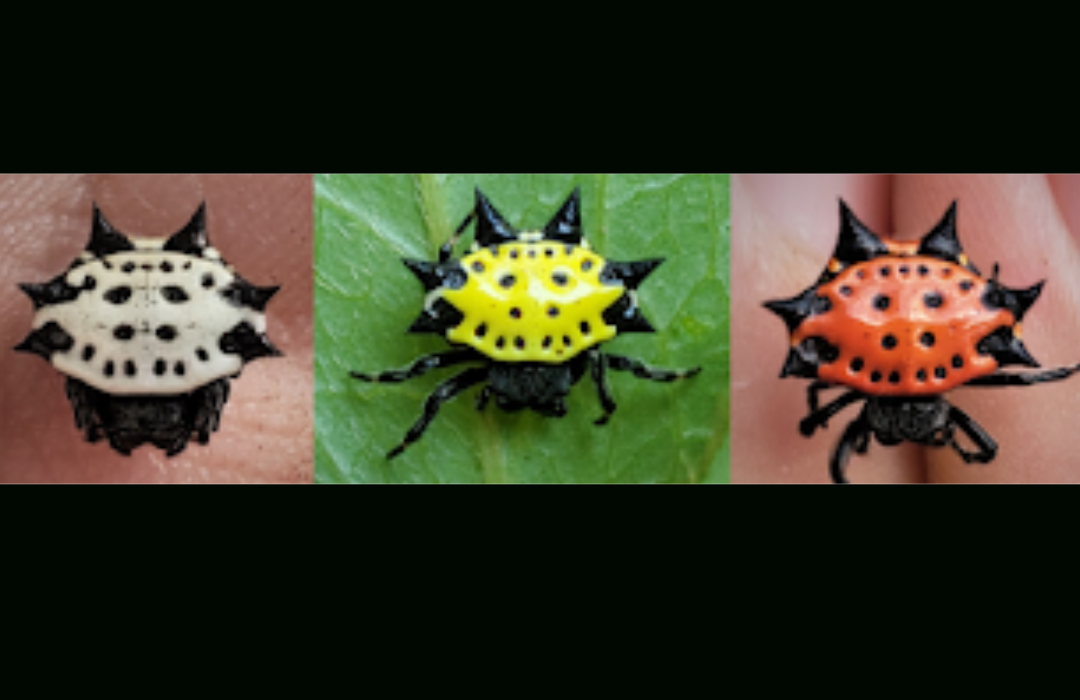







.png)









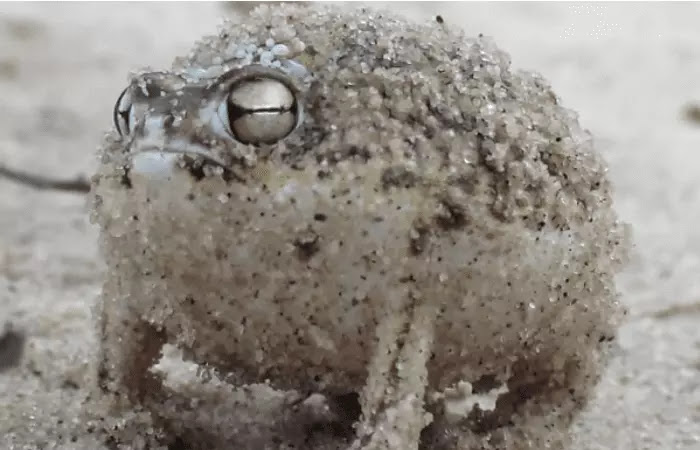
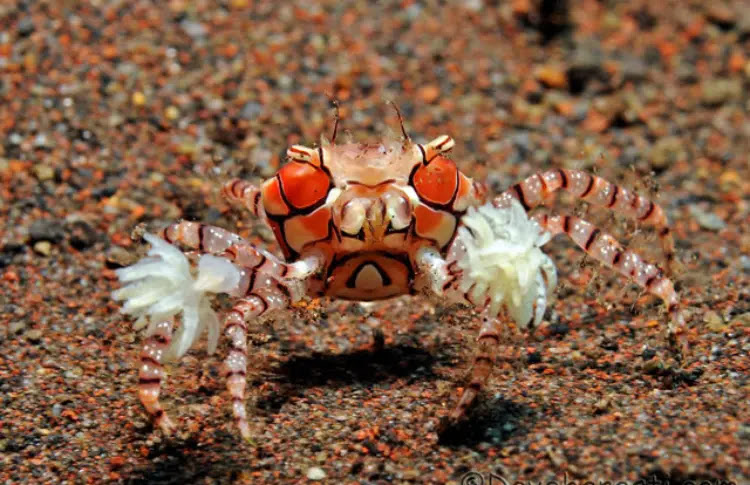

Comments
Post a Comment